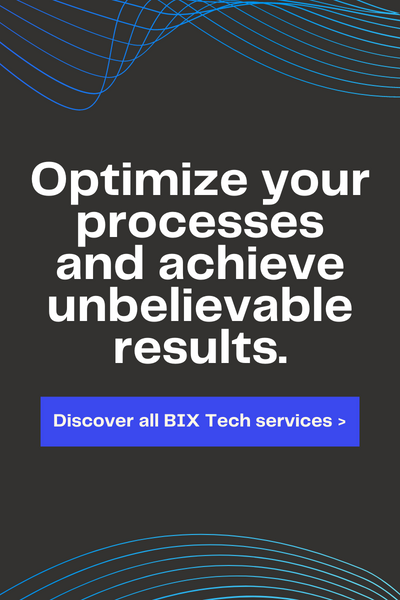
Business and Data-Driven Decisions: Where to Start and Why Start?
Business and data-driven decision-making can be a trap for the unprepared. You, the business owner or project manager, have all the information you need to succeed; but what if you don’t know exactly where to start?
This article provides a step-by-step approach defining how and why it is important to make decisions based on data, followed by a listing of some great resources that will help you do just that. By getting a handle on this process now, your business will reap significant benefits as it grows.

Photo credits by Gabrielle Henderson on Unsplash.
When making critical decisions about customers or internal operations, it’s important to rely on statistical evidence over intuition or assumptions.
But often, the very data you have to analyze is insufficient. We can’t expect every new customer to have the same characteristics as all previous customers, and it’s not uncommon for employees to make subjective decisions without any hard evidence.
So how do we make good business decisions?
The answer is data-driven decision-making, which involves three main steps:
1) Collect data – gather the facts that managers use to determine their company’s performance. Also known as “data collection.”
2) Analyze the data – use these facts to draw conclusions and make decisions. Also known as “data analysis.”
3) Make a decision – based on the data collected and analyzed. Also known as “decision-making.”
These three stages will be described in detail below, along with some of the most common things that can go wrong at each stage, so you can avoid making your own mistakes. Keep in mind that every decision is unique, so you’ll have to customize this process for each decision you make; however, this process is a good starting point for most business decisions.
1) Collect Data:
Gathering data is the first step to making good decisions, but it’s not a trivial task. Making sure you have all the facts that you need to make sound business decisions quickly becomes critical when you’re in a rush to evaluate your product or decide how much to raise capital investment. The problem is that rushing through this stage can lead to less-than-accurate decision-making, which can be costly. The problem lies in the fact that most managers do not understand how they make decisions and don’t know how they should be made more accurately.
The purpose of data collection is to gather facts, which are often unquantifiable. For example, in determining whether a customer will become a loyal customer, you may need to consider their location and purchase size over time.
It’s important not to solve the wrong problem when collecting data. It’s also important to understand which variables you’re going to look at in your analysis. Deciding on data values and variables is a crucial part of the analysis as well; misjudging these items will result in ill-informed decision-making.
2) Analyze the data:
Analyzing data is the second stage of data-driven decision-making and should be easy by now. By analyzing the facts that you’ve gathered, you will have a much better idea of what to do with them now, and if you’re doing it right, this should be obvious. Throughout this process, it’s important to remember that every decision is unique – although a lot of these steps may seem overarching, they are different depending on what you’re considering.
There are three main ways to analyze data: descriptive analysis, inferential analysis, and statistical analysis.
3) Make a decision:
Once you’ve analyzed your data, it’s time to make a decision. The simplest way to do this is to simply go with your gut. However, relying on intuition over data can lead to psychological biases that drive your decisions in the wrong direction.
Before deciding on how to proceed, it’s important to clarify exactly what decision you’re making. Just as important is knowing why you’re making the decision and when it should be made. You may be trying to collect more data, or you may be trying to support a previous decision that has already been made – or maybe not.

Photo credits by Markus Spiske on Unsplash.
Conclusion
Many businesses rely solely on intuition when making business decisions. In most cases, this method is not enough. To ensure success, it’s important to follow a data-driven approach when making decisions. This involves collecting facts, analyzing the gathered data, and then making a decision based on that analysis.
Every decision is unique, so this procedure should be customized for each new decision you make; however, following these steps and keeping mistakes in mind will ensure that you’re doing it right.
If you want to continue this conversation, we have consultants specialized in a data-driven culture. Click here and schedule a meeting.
Don't miss any of our content
Sign up for our newsletter
Our Social Media
Most Popular

Didn’t find what you were looking for?
Get in touch with our team (786) 558-1665 or send an email to [email protected]. If you prefer, click here and schedule an appointment.







